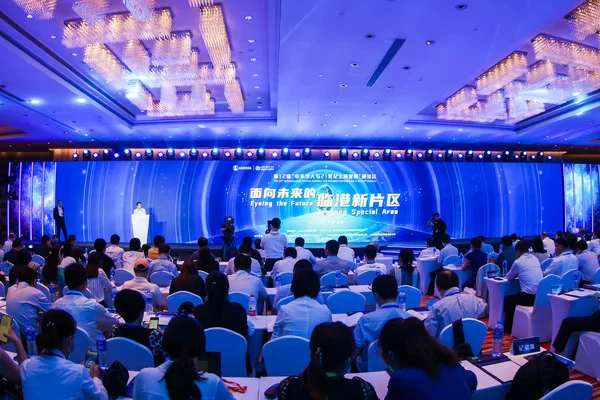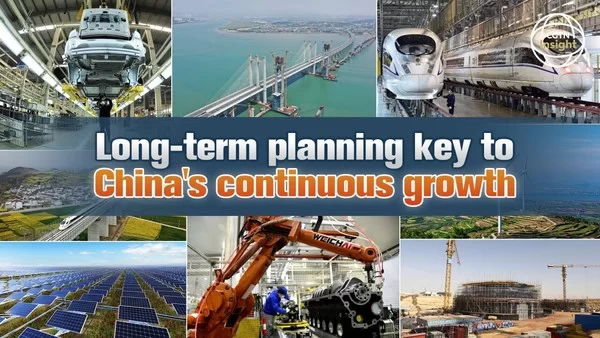Each Fraudulent Transaction Costs Nearly U.S. $4 for Every $1 Lost to Fraud SINGAPORE, July 7, 2022 — LexisNexis® Risk Solutions released…
Lighting Controls Industry Expands as Awareness of Energy Solutions Grows
The need to replace conventional lighting systems promotes global lighting controls market growth, says Frost & Sullivan SAN ANTONIO, June 21, 2022 — The demand for energy-efficient lighting, alongside…
China Matters explores the promise of smart cities in Guiyang
BEIJING, April 23, 2022 — Why smart cities? From all perspectives, it ticks all the boxes: innovation, technology and new economy. On…
Artmarket.com: Pak allows thousands of collectors to buy part of a work whose total price reaches $91.8 million
PARIS, Dec. 11, 2021 — The idea of buying an artwork collectively goes back a long way and has been entertained in various…
Jacobi Asset Management Receives Approval to Launch the World’s First Tier One Bitcoin ETF
– Custody provided by Fidelity Digital Assets – Authorised by the Guernsey Financial Services Commission (GFSC) – Administrators: Sigma Asset Management (Guernsey) Limited – Fund Architecture/Consultancy: Midshore Consulting Limited LONDON,…
CGTN: From a barren land to the world’s largest man-made forest, Saihanba and China’s ecological efforts
BEIJING, Aug. 26, 2021 — Decades ago, no one would imagine that Saihanba – the once barren land located in north China’s Hebei Province – would turn into the world’s largest man-made forest.   China did it. Saihanba now sees a forest coverage of 80 percent, which can…
CGTN: China vows ‘lasting stability, high-quality development’ in Tibet Autonomous Region
BEIJING, July 24, 2021 — China’s Tibet Autonomous Region, known as "the world’s last piece of pure land" and "the roof of the world," celebrates its 70th anniversary of the peaceful liberation this year, and the plans for its future development are becoming clearer.   At last…
Xinhua Silk Road: Broader opening-up underway in Shanghai FTZ’s Lin-gang Special Area
BEIJING, July 22, 2021 — Lin-gang Special Area, a new zone added to the China (Shanghai) Pilot Free Trade Zone (FTZ) in August 2019, is forging ahead on all-around and high-level opening-up. Photo shows the 12th Symposium on Chinese Scholars and Shanghai Development in the 21st Century held in Shanghai on…
China Matters reveals the effort of a Chinese village in preventing falling back into poverty
BEIJING, July 2, 2021 — 2020 was undoubtedly the year of Covid-19 but in the same year, it is also the year of China’s eradication of absolute poverty in rural areas. And key to this has been China’s formula to focus on a…
CGTN: Long-term planning key to China’s continuous growth
BEIJING, June 17, 2021 — Speaking a few days ahead of the Earth Day summit on climate change in April, American Secretary of State Antony Blinken acknowledged that the U.S. had fallen behind China in developing the technology needed to curb climate change. CGTN:Long-term planning key to China’s continuous growth…









